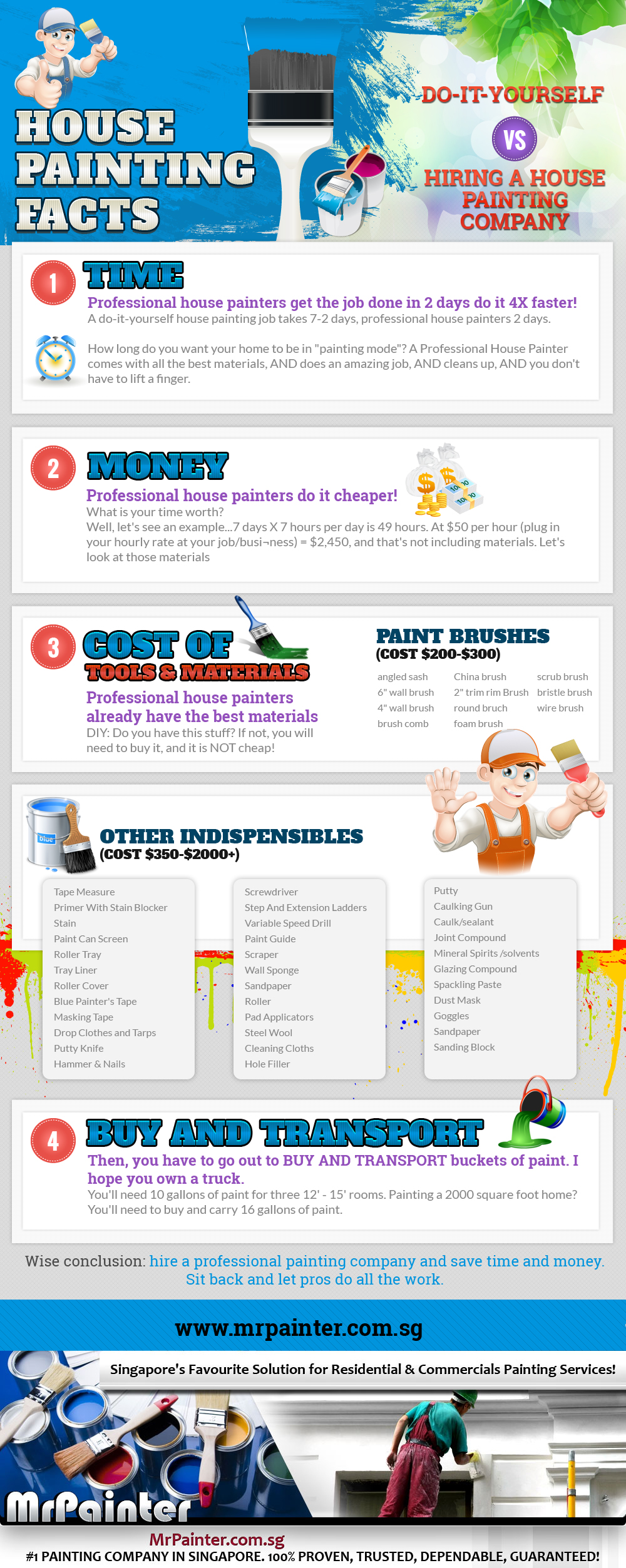Seasonal Considerations For Industrial Outside Paint: What You Need To Know
Seasonal Considerations For Industrial Outside Paint: What You Need To Know
Blog Article
Created By-Leach Chaney
When you're preparing a commercial external painting task, seasonal factors can make or damage your results. You'll intend to consider how temperature level and humidity impact paint application and drying times. Selecting the appropriate season can ensure your paint adheres properly and lasts much longer. Yet which seasons are absolutely the best for this kind of job? Allow's explore the crucial elements that can impact your project's success.
The Impact of Temperature on Paint Application
When you're intending a business exterior painting job, the temperature level can dramatically influence just how well the paint adheres and dries.
Preferably, you want to paint when temperature levels vary in between 50 ° F and 85 ° F. If it's also cool, the paint may not cure effectively, causing concerns like peeling or cracking.
On the other side, if it's also warm, the paint can dry also rapidly, avoiding proper bond and resulting in an unequal finish.
painting near me for adults need to also take into consideration the time of day; morning or late afternoon uses cooler temperatures, which can be extra beneficial.
Always check the maker's referrals for the particular paint you're utilizing, as they usually provide advice on the perfect temperature level variety for optimum results.
Moisture and Its Effect on Drying Times
Temperature isn't the only ecological variable that affects your industrial external paint task; humidity plays a substantial role also. painting and decorating can reduce drying times substantially, influencing the total top quality of your paint work.
When the air is saturated with dampness, the paint takes longer to treat, which can bring about concerns like poor bond and a higher danger of mold development. If you're repainting on a particularly moist day, be planned for extended wait times in between coats.
It's critical to monitor regional climate condition and plan as necessary. Preferably, aim for humidity levels between 40% and 70% for optimum drying out.
Keeping these consider mind guarantees your task remains on track and delivers a lasting finish.
Best Seasons for Commercial Exterior Painting Projects
What's the very best season for your commercial external paint tasks?
Spring and very early autumn are generally your best options. During these periods, temperature levels are light, and moisture degrees are often reduced, producing suitable conditions for paint application and drying.
Prevent summer's intense heat, which can create paint to dry too quickly, leading to inadequate bond and finish. Similarly, winter's cool temperature levels can prevent appropriate drying out and treating, running the risk of the longevity of your paint job.
Aim for days with temperature levels between 50 ° F and 85 ° F for ideal outcomes. Remember to examine the local weather forecast for rain, as wet conditions can destroy your job.
Planning around these factors guarantees your painting task runs efficiently and lasts much longer.
Conclusion
Finally, planning your industrial outside paint tasks around seasonal considerations can make a substantial difference in the outcome. By scheduling job throughout the suitable temperature levels and moisture levels, you'll ensure far better adhesion and drying times. Keep in mind to keep an eye on local weather forecasts and pick the right time of year-- spring and very early fall are your best bets. Taking these steps will certainly assist you achieve a sturdy and professional surface that lasts.
